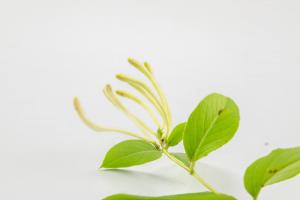Introduction
Potted plants are a great way to bring beauty and life into your outdoor space. However, it's important to know when to put them outside in order to ensure they thrive in the new environment. In this article, we will discuss when you can put potted plants outside and what factors to consider when doing so.
Climate
The first and most important factor to consider when deciding when to put potted plants outside is the climate in your area. If you live in a region with cold winters and hot summers, you'll need to wait until the threat of frost has passed before transitioning your plants outdoors. In general, the best time to put potted plants outside is during the spring, when temperatures are mild and the risk of frost is low.
Plant Type
Another important factor to consider is the type of plant you have in your pot. Some plants can tolerate colder temperatures while others require a warmer climate to thrive. For example, succulents are able to tolerate cold temperatures and can be left outside longer than other plants, while tropical plants require a warmer climate and need to be brought indoors during the winter months. It's important to research the specific needs of your plants in order to determine when to transition them outside and for how long they can remain outside.
Sunlight
When putting potted plants outside, it's important to consider the amount of sunlight they will receive. Some plants require full sun, while others prefer partial shade. Additionally, the amount of sunlight your plants receive will vary depending on the time of day and the season. It's important to place your plants in an area where they will receive the appropriate amount of sunlight for their specific needs.
Soil and Watering
Before transitioning your potted plants outdoors, it's important to ensure they are planted in soil that will allow for proper drainage. This will prevent water from pooling at the bottom of the pot, which can lead to root rot. Additionally, you'll need to adjust your watering schedule once your plants are outside. Outdoor plants will typically require more water than indoor plants, so you'll need to keep an eye on the soil moisture level and adjust your watering accordingly.
Conclusion
Knowing when to put potted plants outside is essential for their health and wellbeing. By considering factors such as climate, plant type, sunlight, soil, and watering, you can ensure that your plants thrive in their new environment. With proper care and attention, your potted plants will bring beauty and life to your outdoor space for years to come.

 how many times do yo...
how many times do yo... how many planted tre...
how many planted tre... how many pine trees ...
how many pine trees ... how many pecan trees...
how many pecan trees... how many plants comp...
how many plants comp... how many plants can ...
how many plants can ... how many plants and ...
how many plants and ... how many pepper plan...
how many pepper plan...






























